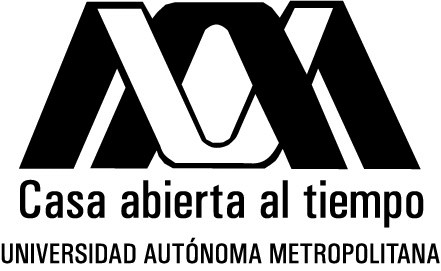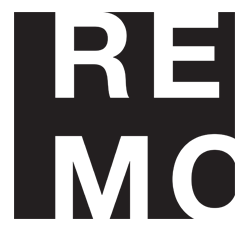Theoretical Framework


Metatheoretical Structuralism: Unveiling the Essence of Scientific Theories
The theoretical framework of the Exploratorium has its roots in metatheoretical structuralism, a branch of analytical philosophy of science. Structuralism aims to understand the relationships between the fundamental constituents of theories using set theory and an approach based on three units of analysis: models, theoretical elements and theoretical networks. This research program is found in the seminal book An architecture for science
, written by Balzer, Moulines and Sneed (2012).
Theoretical elements are represented through sets of model classes, as well as ligatures, intentional applications, historical and biographical data. The formal core is described by models, characterized by complying with certain axioms, forming among them a conceptual system that we visualize as lattices through the methodology of formal concept analysis (FCA). By classifying attributes using colors we can easily identify where the various classes of axioms come in, be it the declaration of domains (fields or geometric objects), typifications, conditions, equations, parameters, reference frames and spatio-temporal characterizations, among others.
In addition to models and theoretical elements, metatheoretical structuralism also takes theoretical networks as a unit of study. Hierarchical networks that take various theoretical elements as nodes. The networks that we propose here only consider actual models and some previous and other specialized models as objects, leaving aside characteristics related to intentional applications, historical data and the scientific community, focusing on the formal core. The theoretical grids presented here provide a synchronic perspective of theoretical development.
For its part, the Gravity Apple Tree, in addition to the most general principles, pays attention to the dates and puts the authors of the different alternative gravitation proposals on the map. Furthermore, it contrasts the theoretical space with the empirical space by including data referring to experimental advances in the matter. There you will find links to the seminal articles of the different theories and a diachronic perspective of scientific development.
More detailed information in Mariana Espinosa’s PhD thesis (in Spanish) Visualizaciones de redes conceptuales de teorías del espacio-tiempo y la gravitación
, and an article in English here.